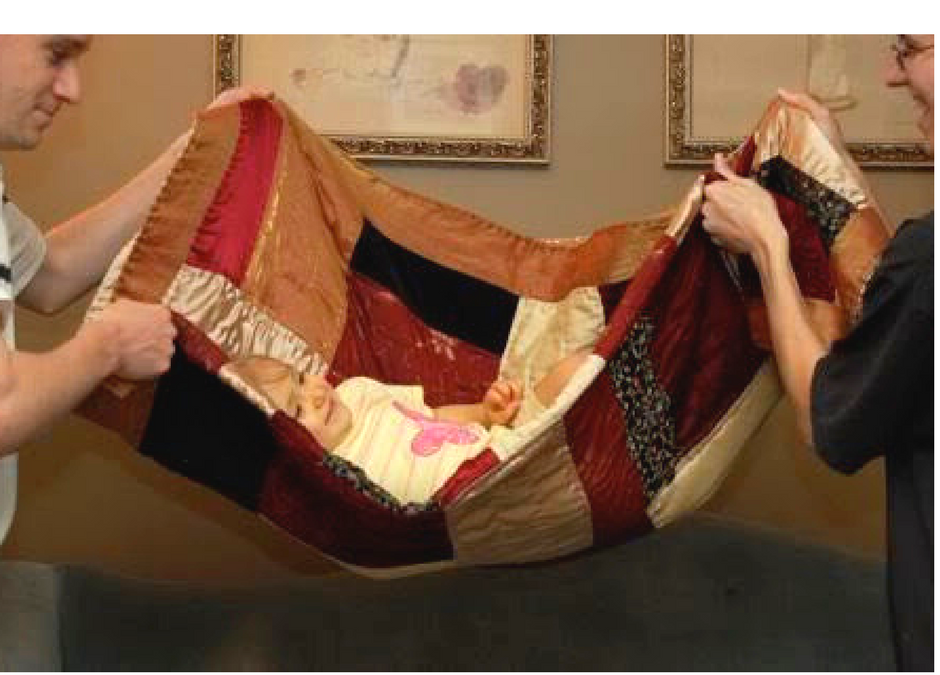Treating a toddler with autism is common for speech therapists at Jenny’s Speech and Learning.
The Opportunity:
“Adam” was a 3 year-old boy who loved to play with his toys. In fact, Adam preferred his toys to playing with adults or other children. Adam had a 4 year-old brother who daily played alongside him, but the brother and Adam rarely interacted. Adam was referred to Jenny’s Speech & Learning for speech therapy twice a week, giving us the opportunity to build his communication skills.
The Challenge:
The challenge with Adam was growing his interest in communicating with people. When Adam came to Jenny’s Speech & Learning he was at a communication stage where he could focus only on one thing at a time, such as a toy or a person. So, Adam could not focus on toy, then shift his attention to a person, and then shift back to the toy. This ability to move back-and-forth in interaction between two things is often seen in children without autism by the age of 6 months to 1 year. The ability to focus on a toy and a person is called triadic interaction.


[Baby & Toy] [Baby & Parent]
Dyadic Interaction Dyadic Interaction

[Baby, Toy & Parent]
Triadic Interaction
The Treatment Approach & Goals:
The goal of treatment with Adam was to increase his social interaction and communication. In order to do this we needed to first demonstrate to Adam that interacting and communicating with an adult could be as enjoyable and as rewarding as playing with toys.
Communication involves not just a verbal message but also social interaction. To increase Adam’s interest in communicating with people, I used the Hanen strategy of “people play”. This is a therapy approach in which the adult (therapist, parent, or caregiver) interacts with the child without any toys. In a sense, the adult becomes the “toy”. Such an approach is needed when a child is non-verbal and at a communication stage where they cannot focus on more than one thing.
The Results:
- A favorite “people play” game is swinging, gently swinging a child in a blanket with one adult on each end. With the assistance of his mom, the therapist swung Adam for 3 times then stopped. Adam did not appear to know what to do to continue the game. If Adam looked at the therapist or his mom, he was rewarded with hugs and the swinging was begun again. He was thrilled to be swung! Adam was not yet making hand gestures to continue the blanket swinging, but he was showing more interest in interacting with adults, even if it was only through eye gaze.
- After one week of people play therapy, Adam was now tugging on his mother’s hand, pulling it down toward the blanket every time he wanted to play swing. Adam’s eye contact with his mother also increased.
- During the second week of therapy, we introduced more people games, such as ring-around-the-rosy and chase. Other people games include tickling and peek-a-boo. Like swinging, these people games increased Adam’s interest in interacting with people and in gesturing to communicate.
- Adam’s parents saw the value in playing with their child without toys. With daily people play by his parents, we expect Adam to continue improving his communication skills, moving toward verbal communication.
To learn more about how to help your child with autism communicate and develop social skills go to Social Skills for Kids and Families and 7 Best Practice Tips to Improve Social Skills .


Recent Comments